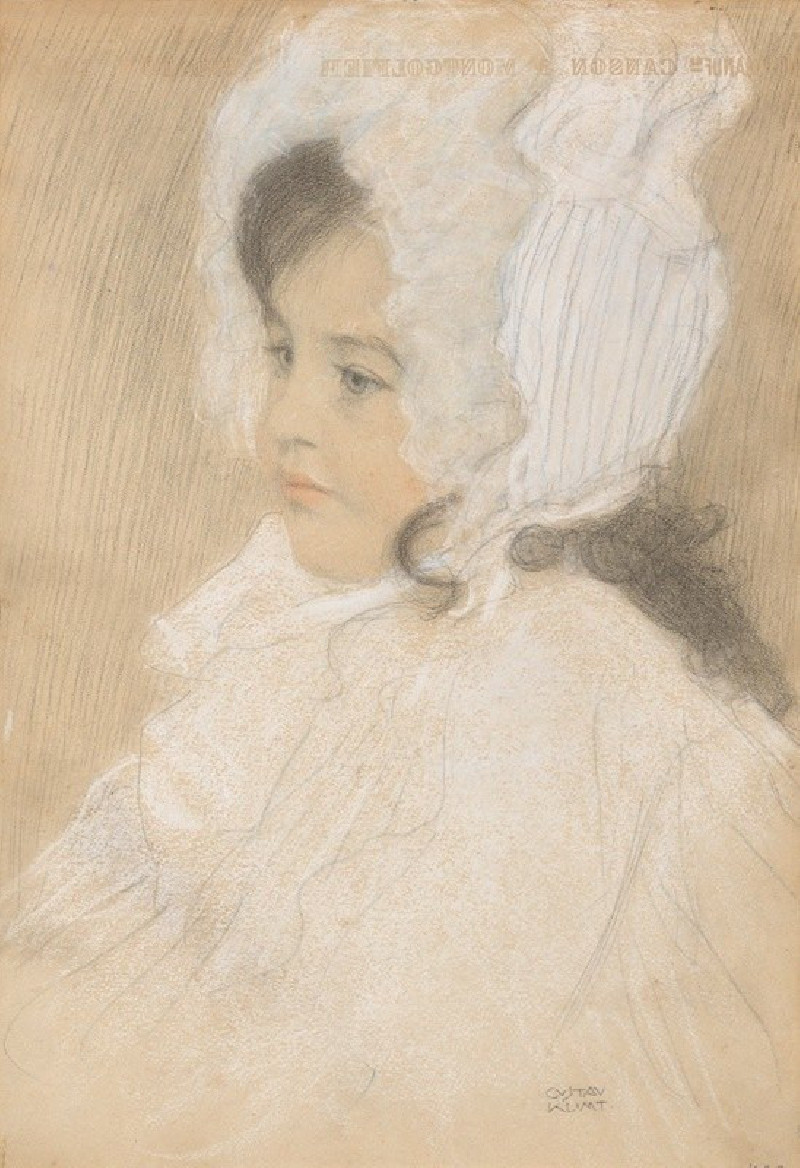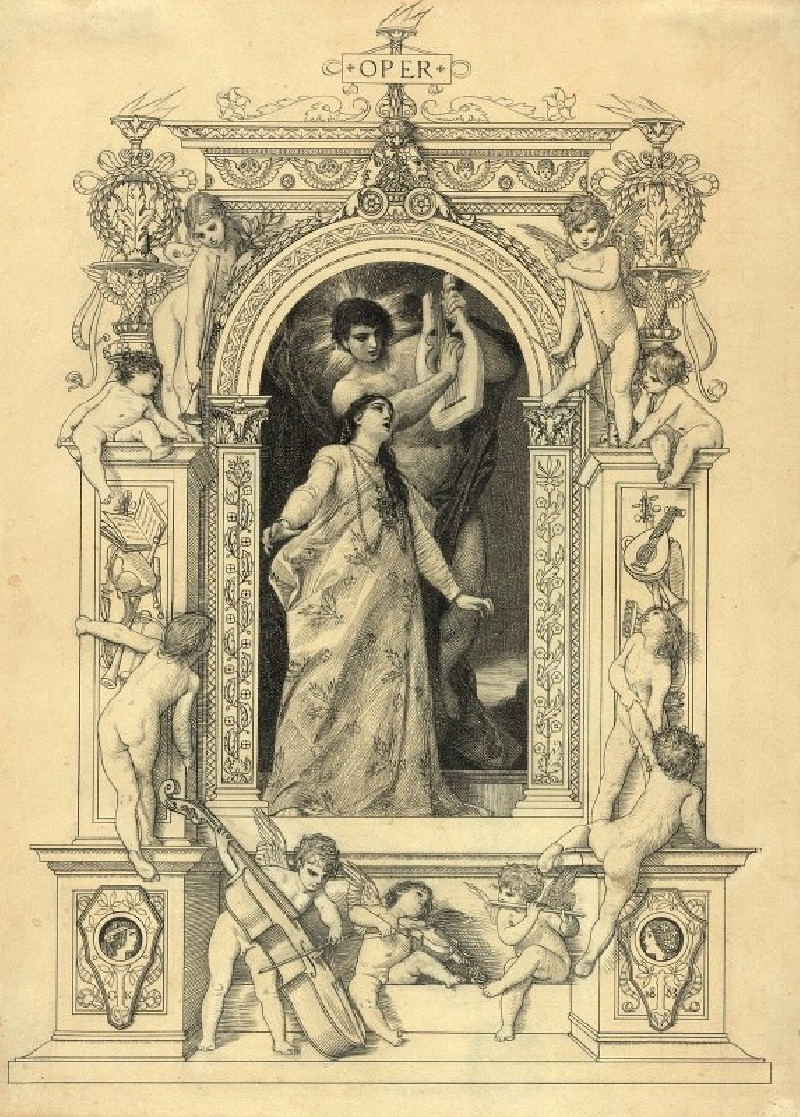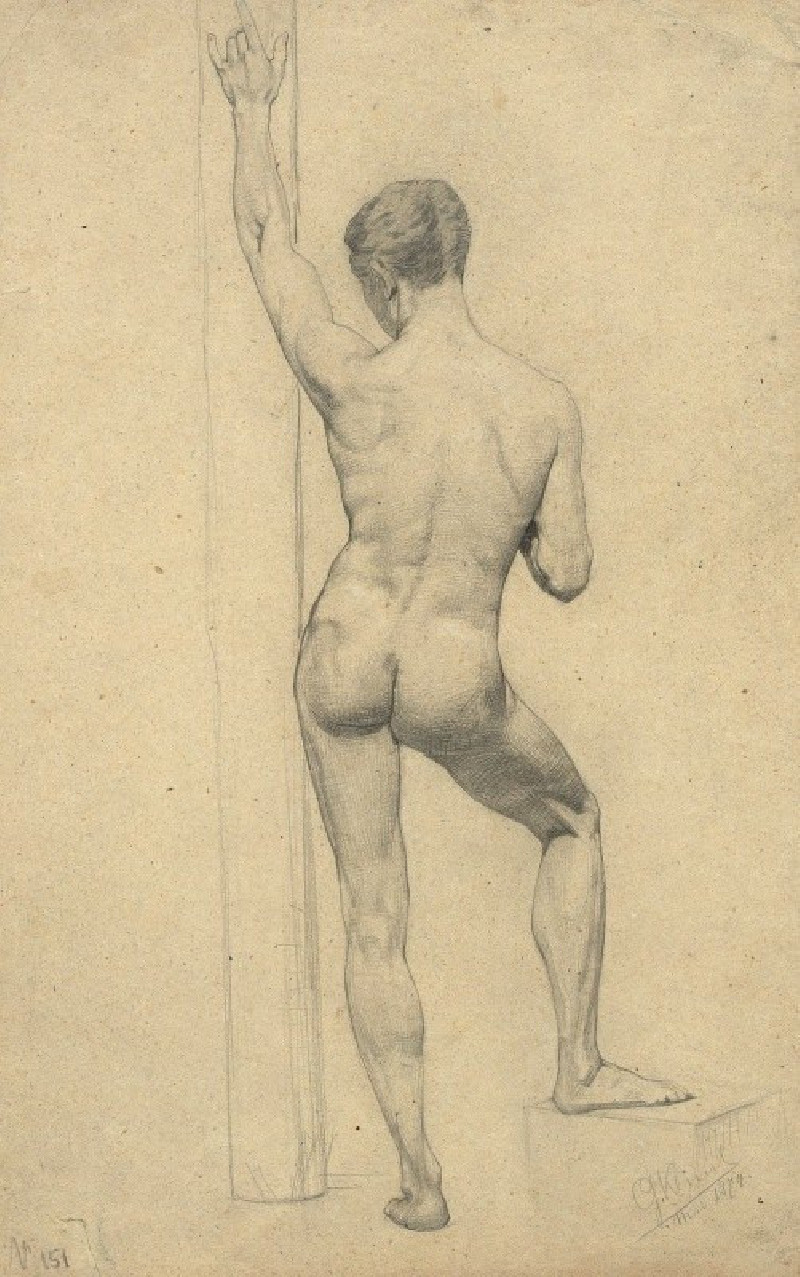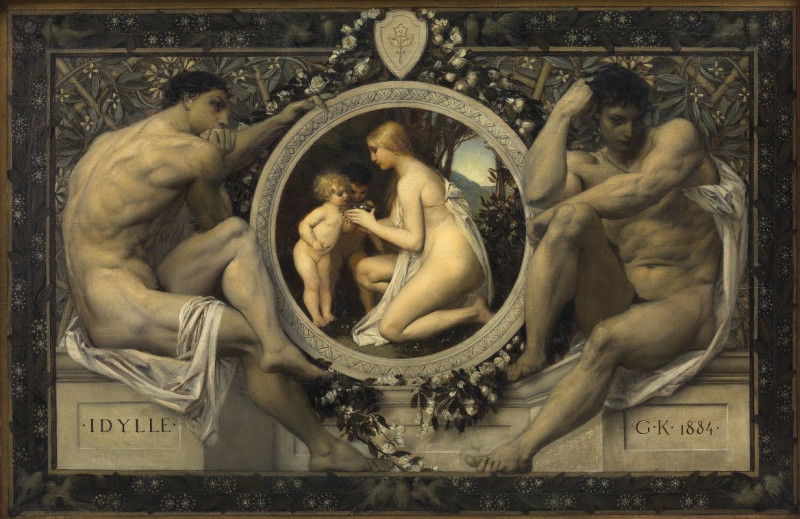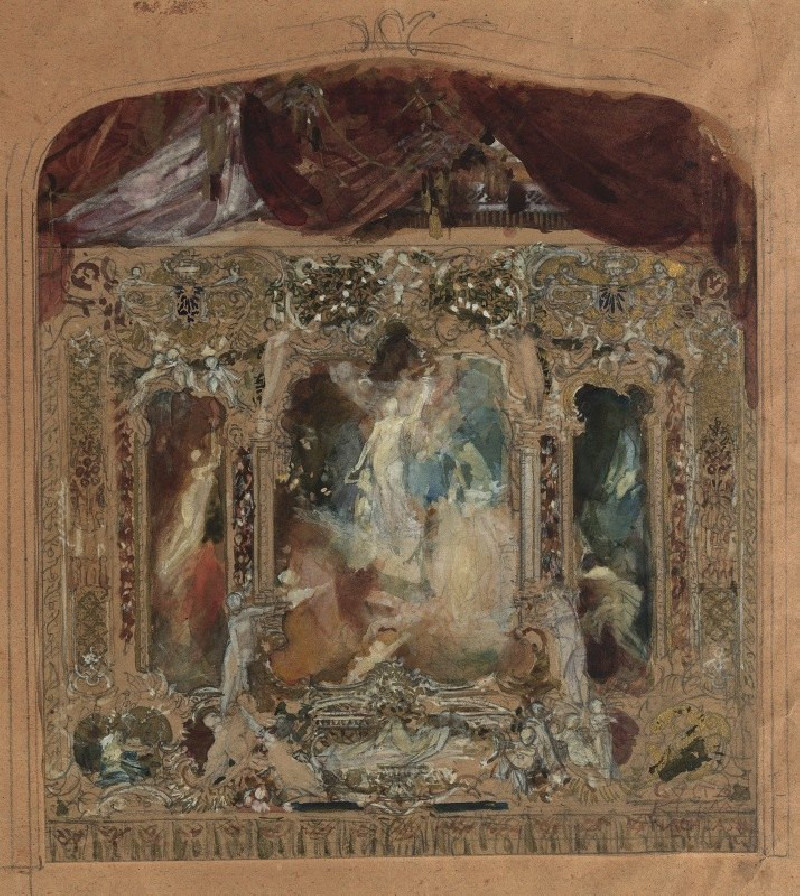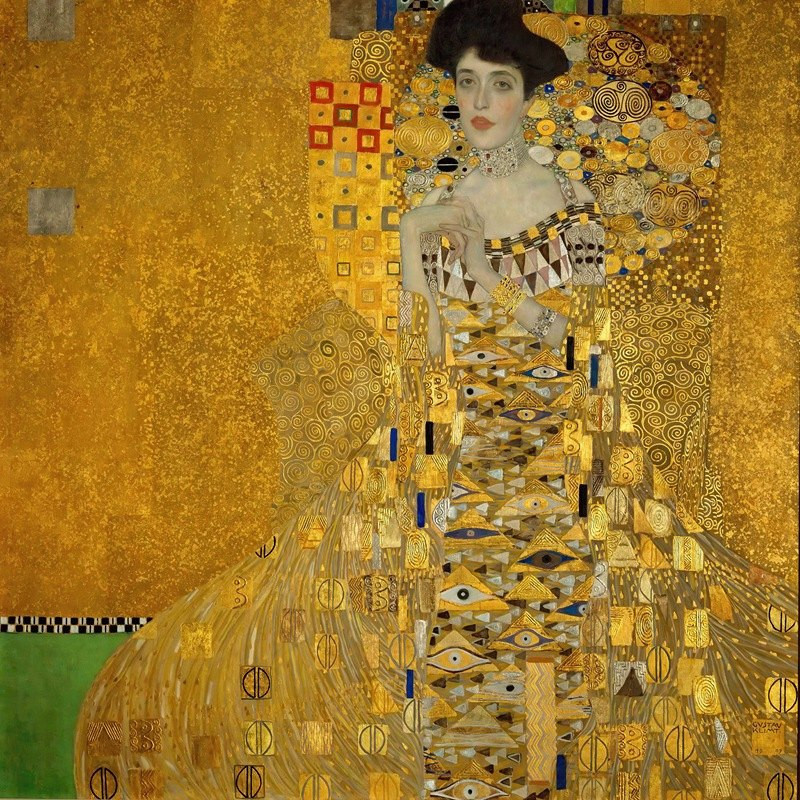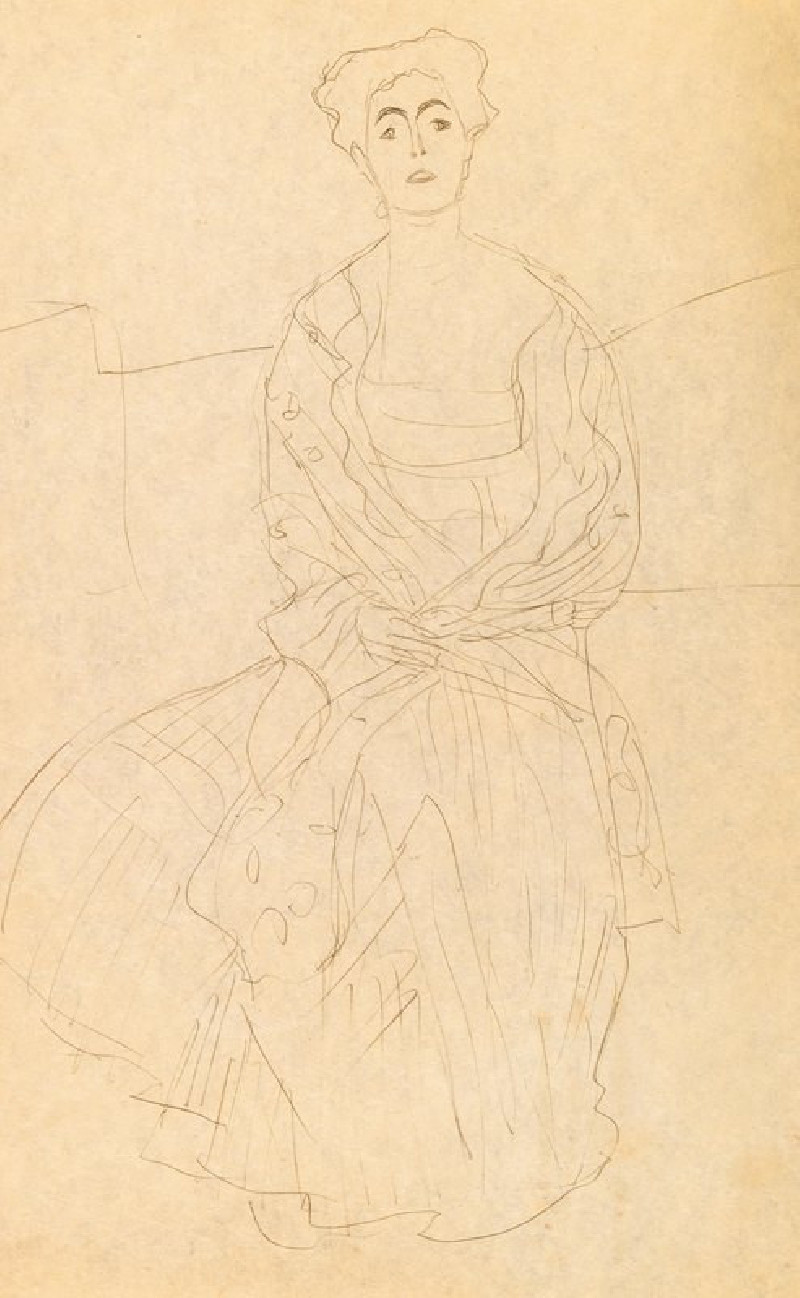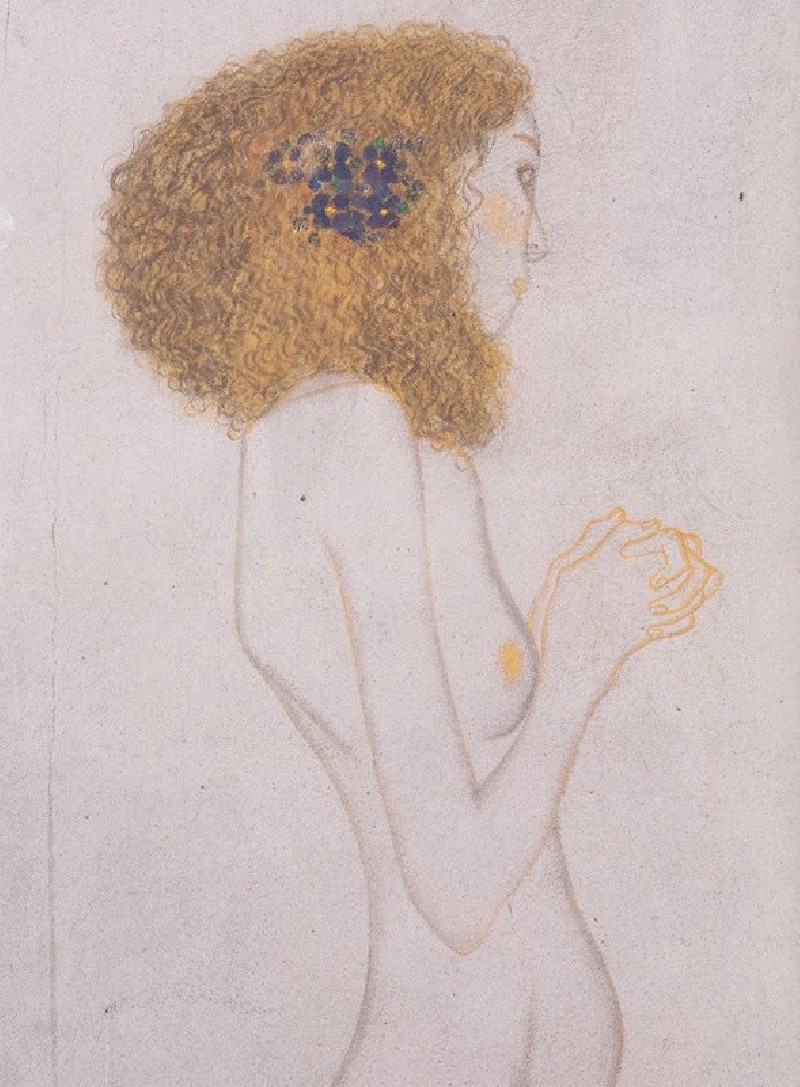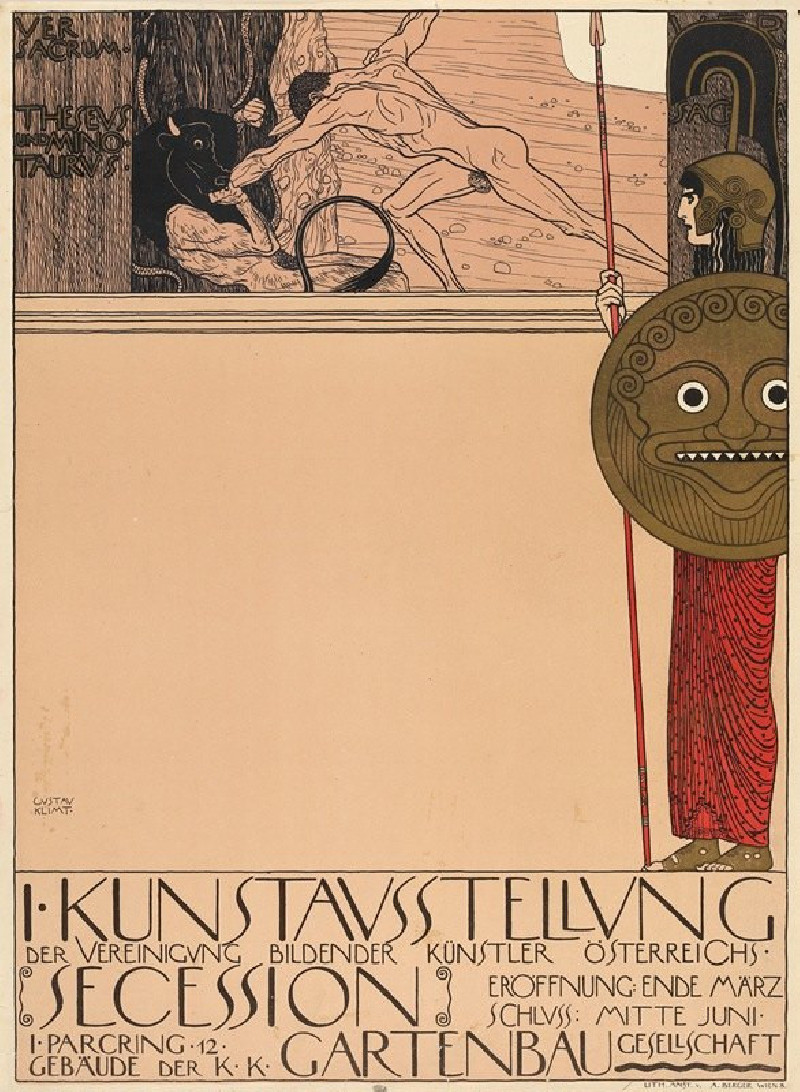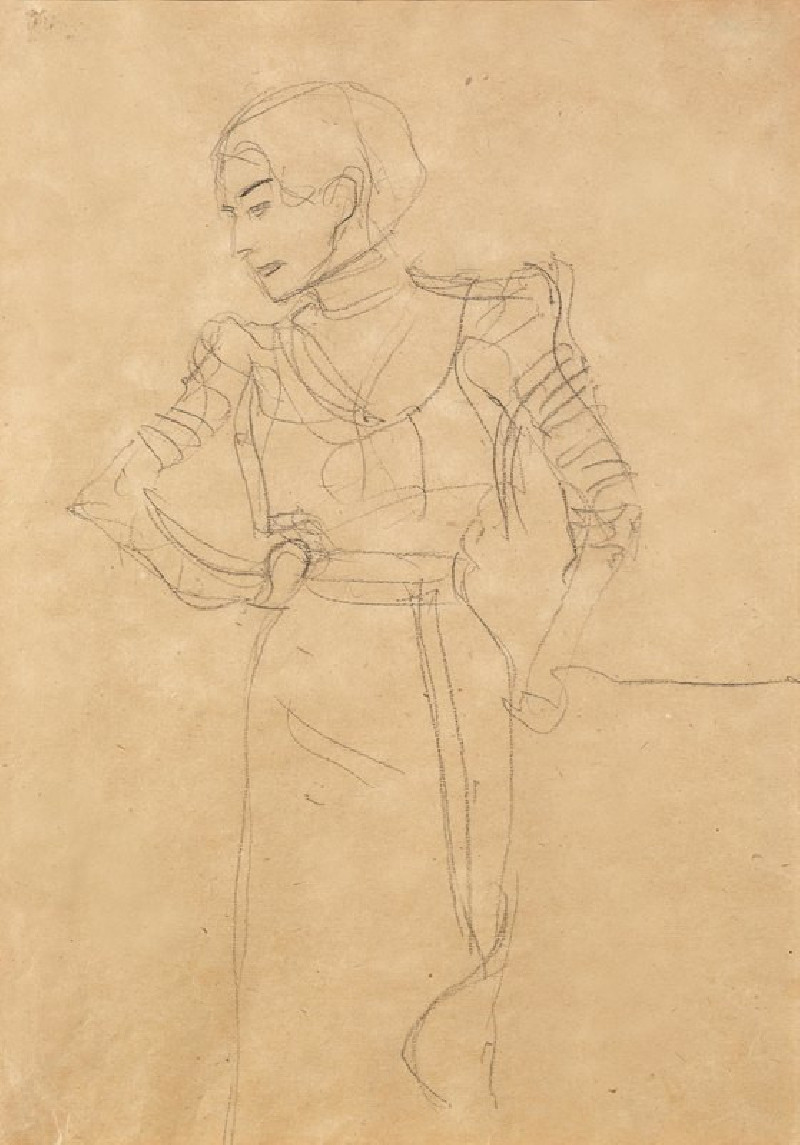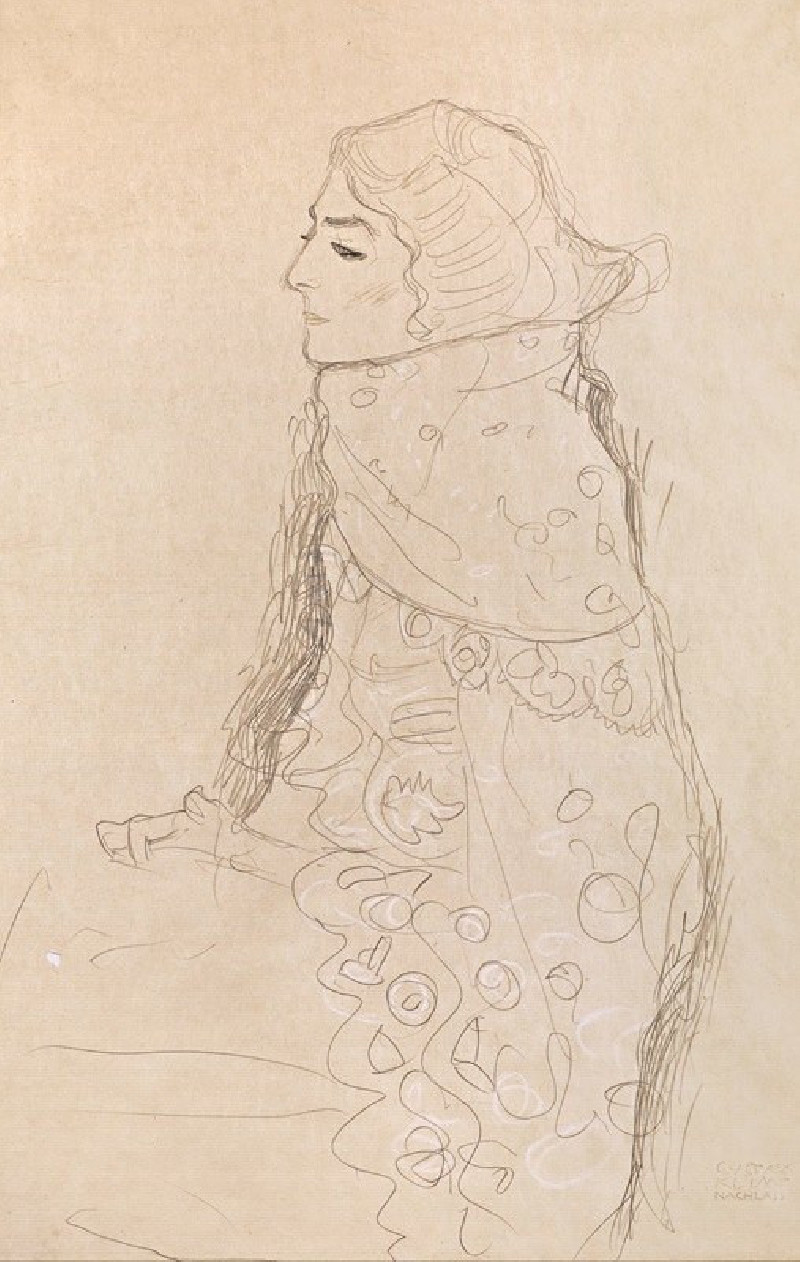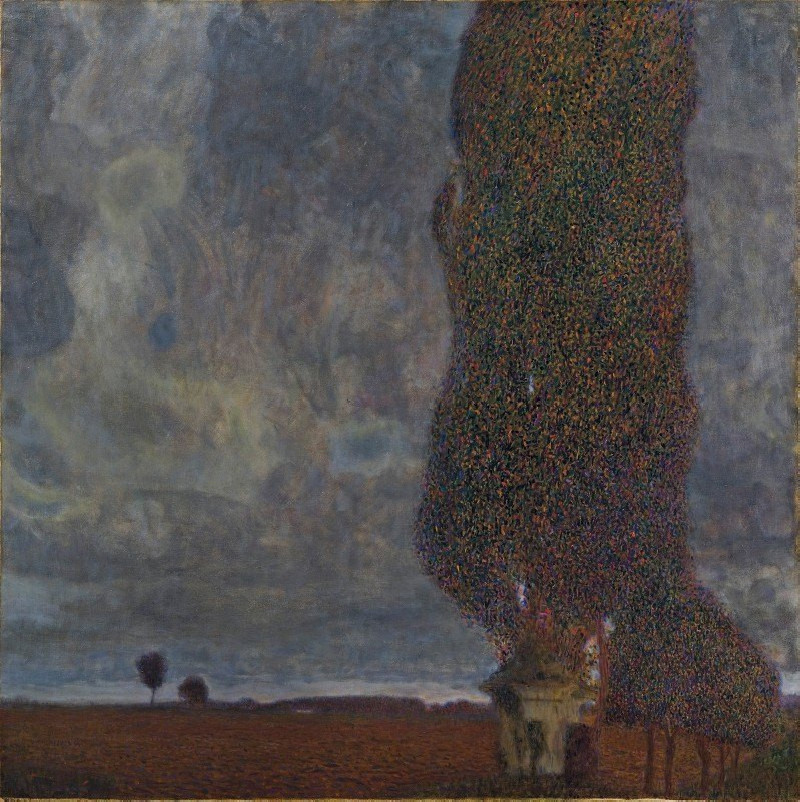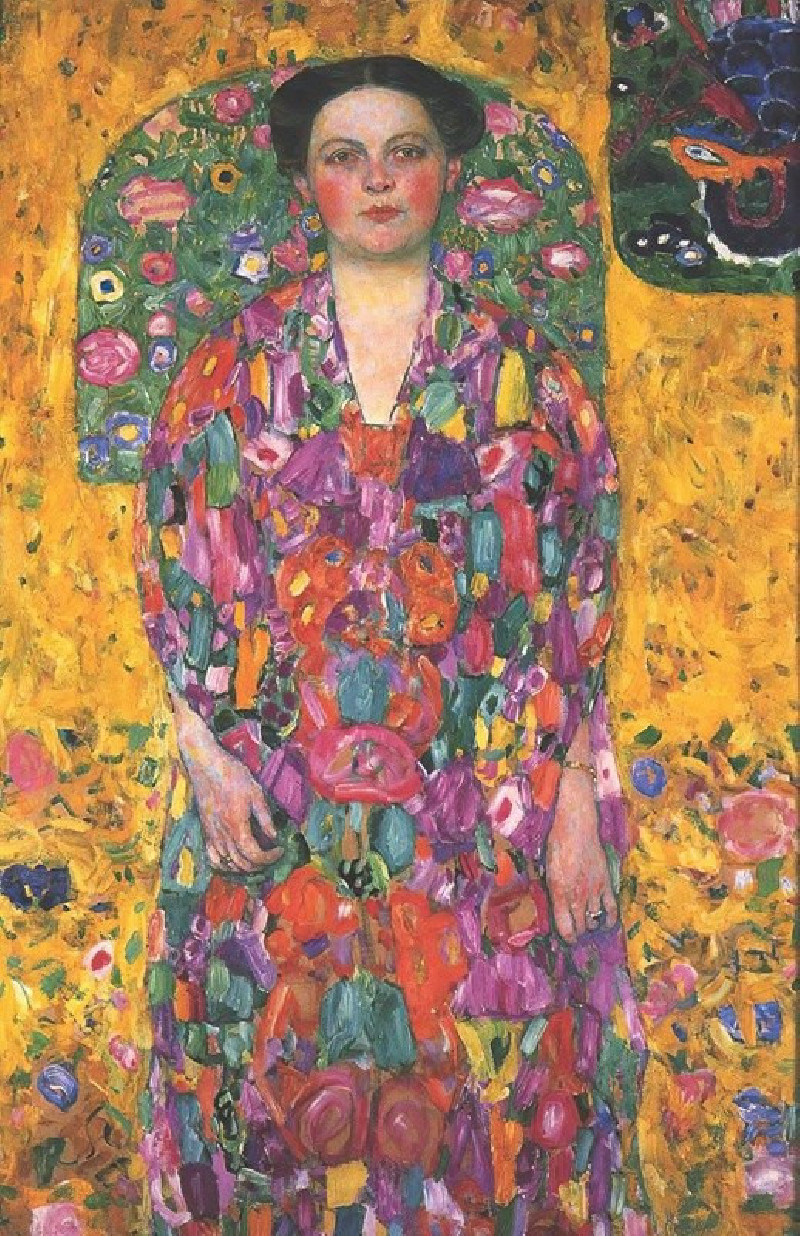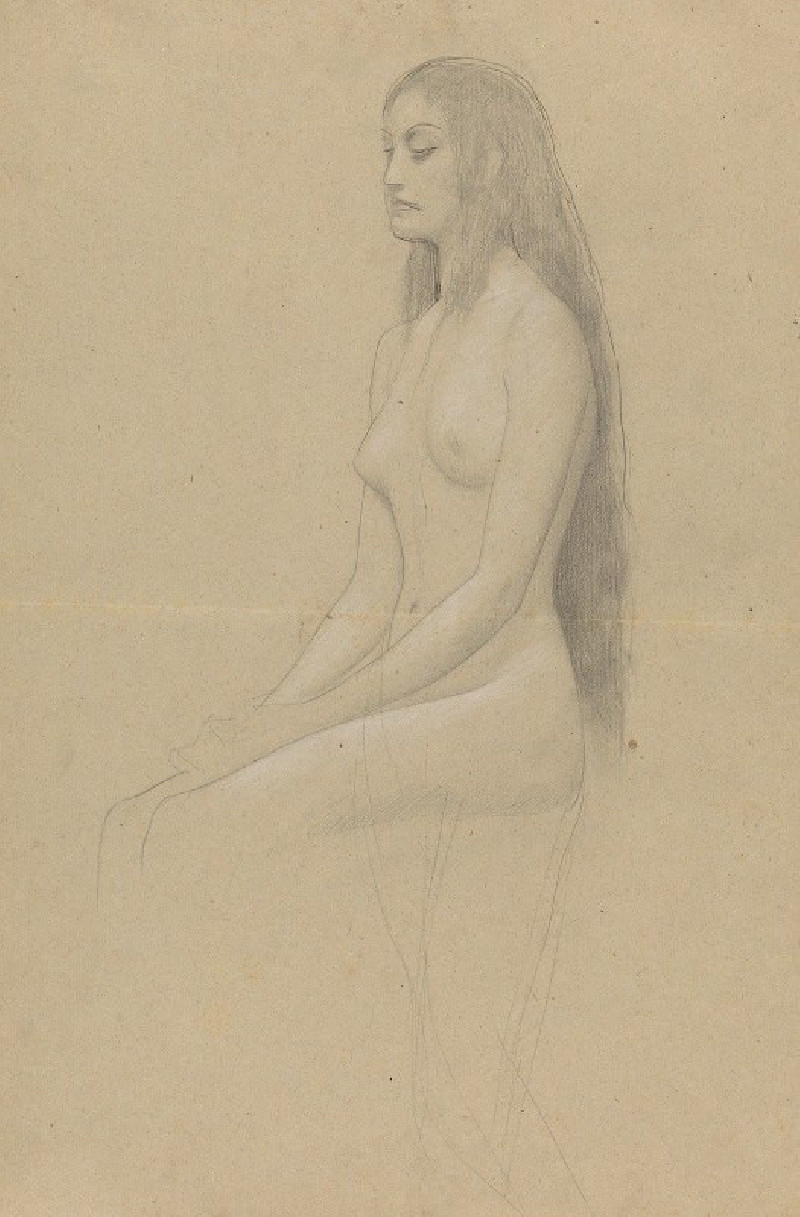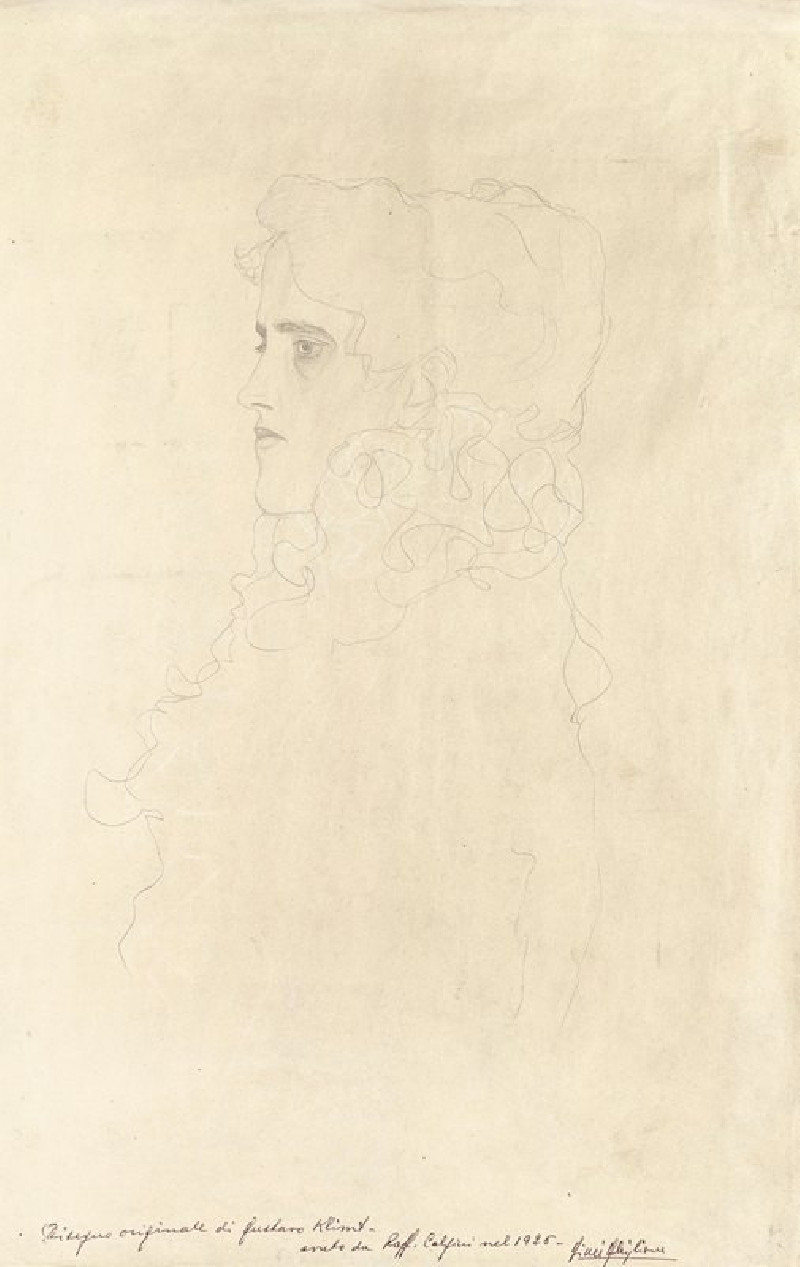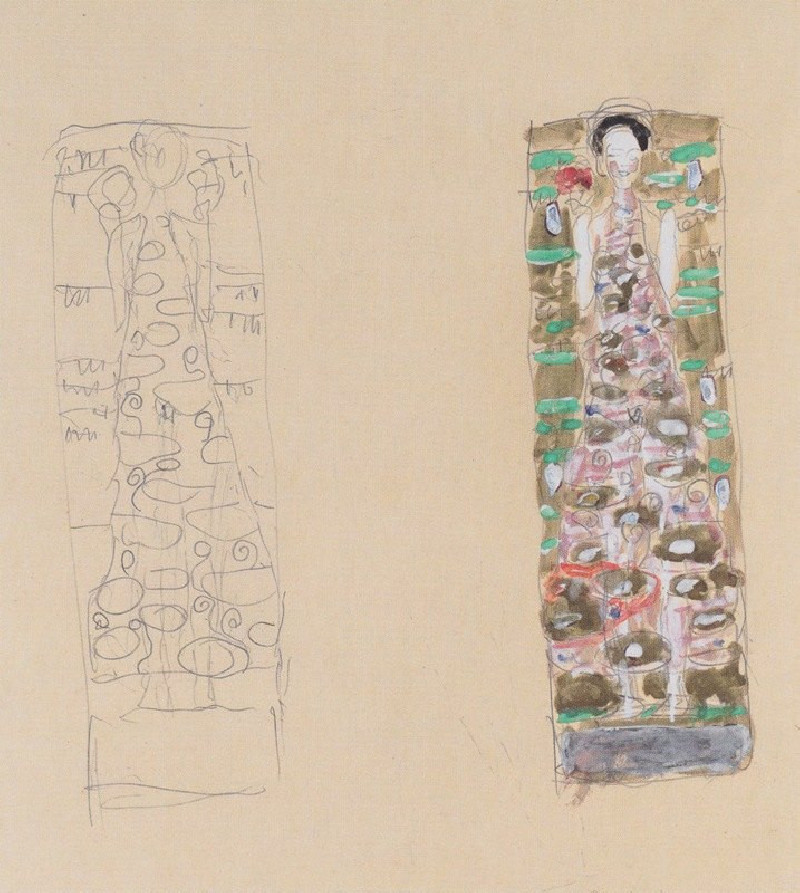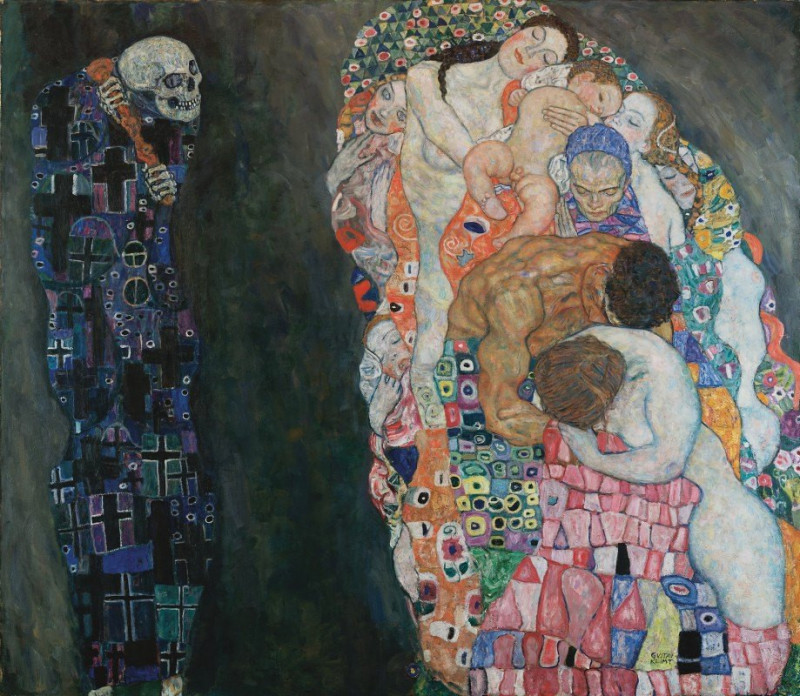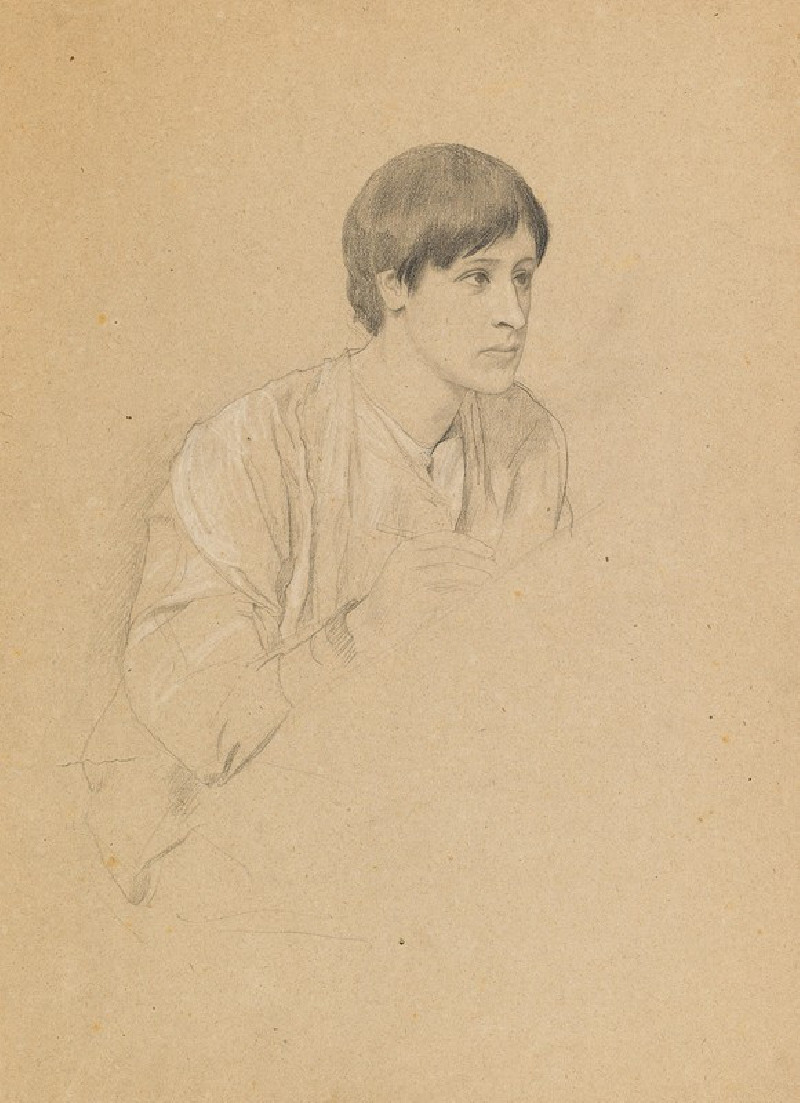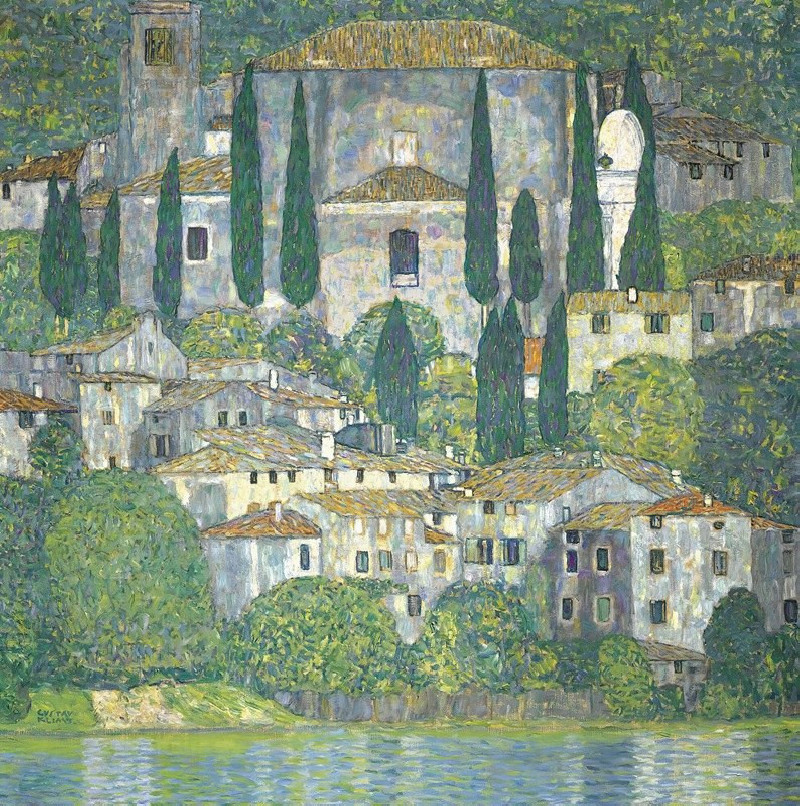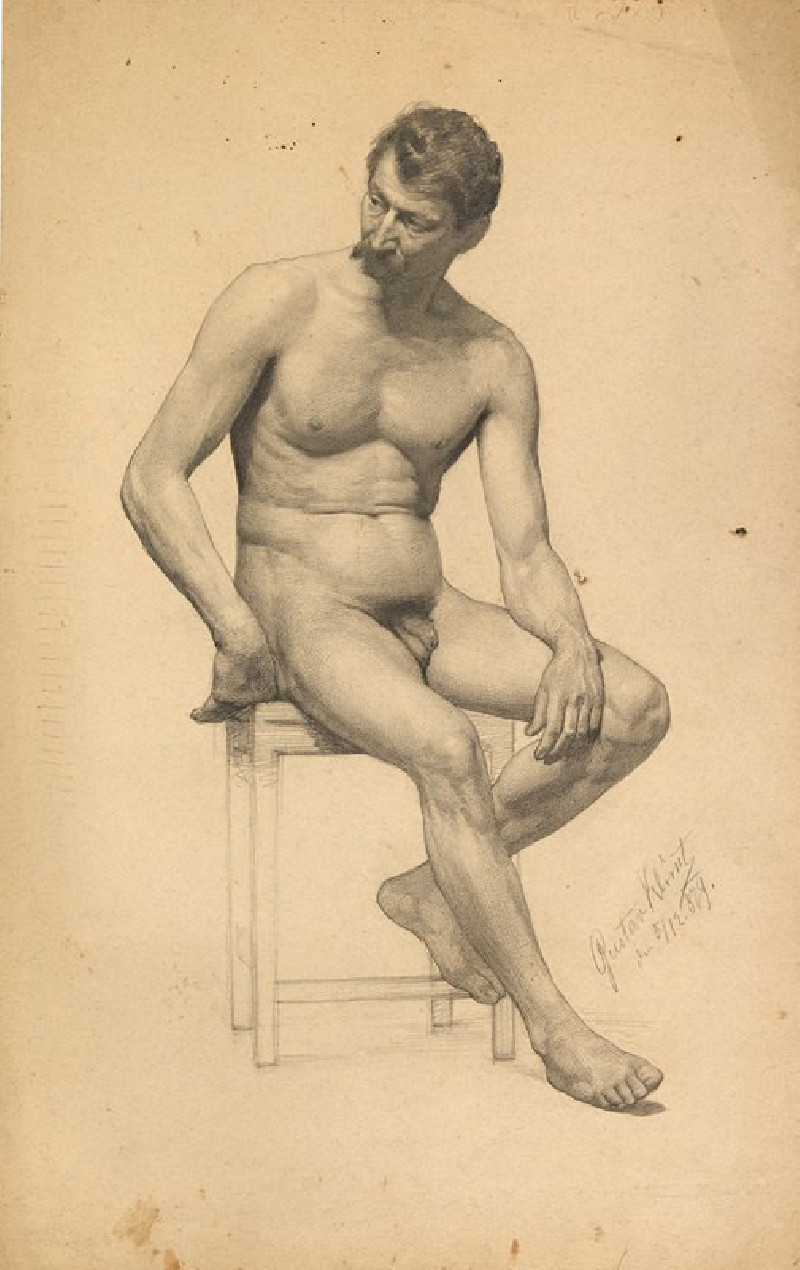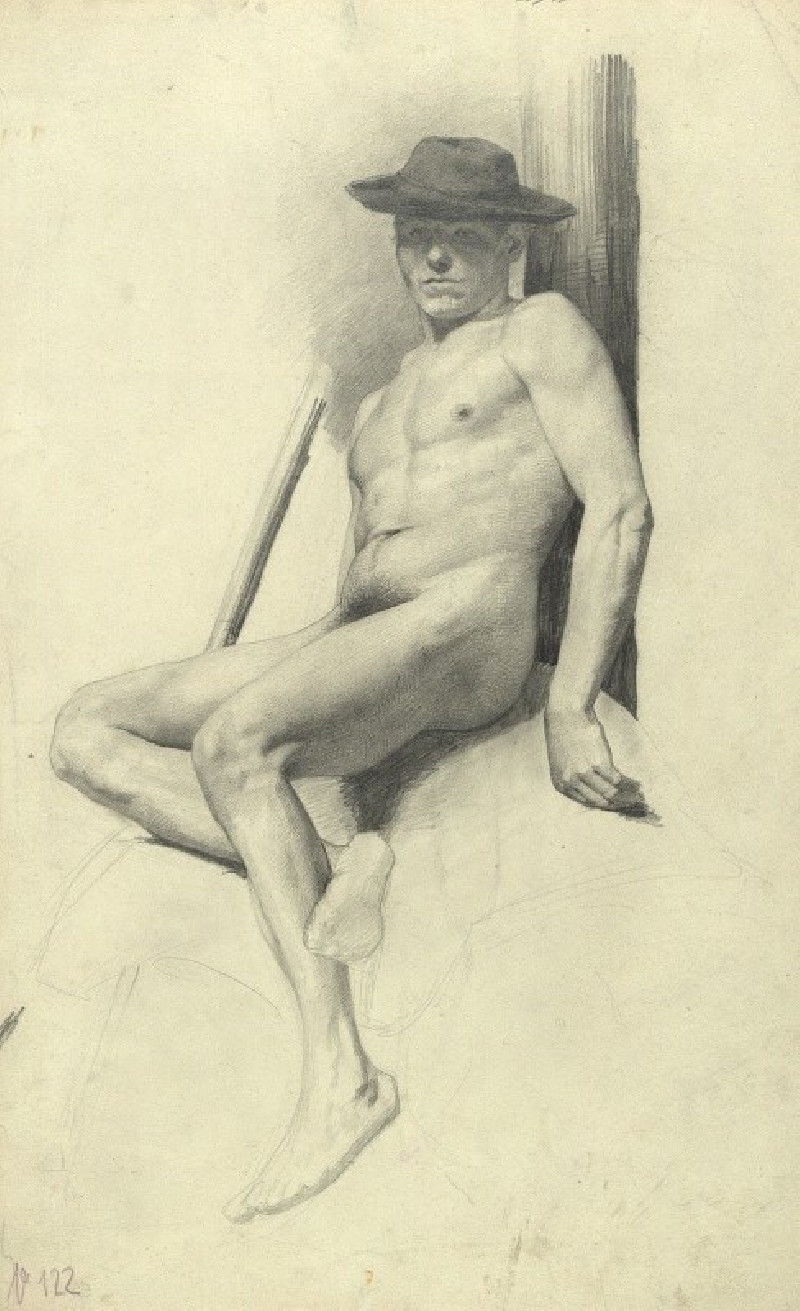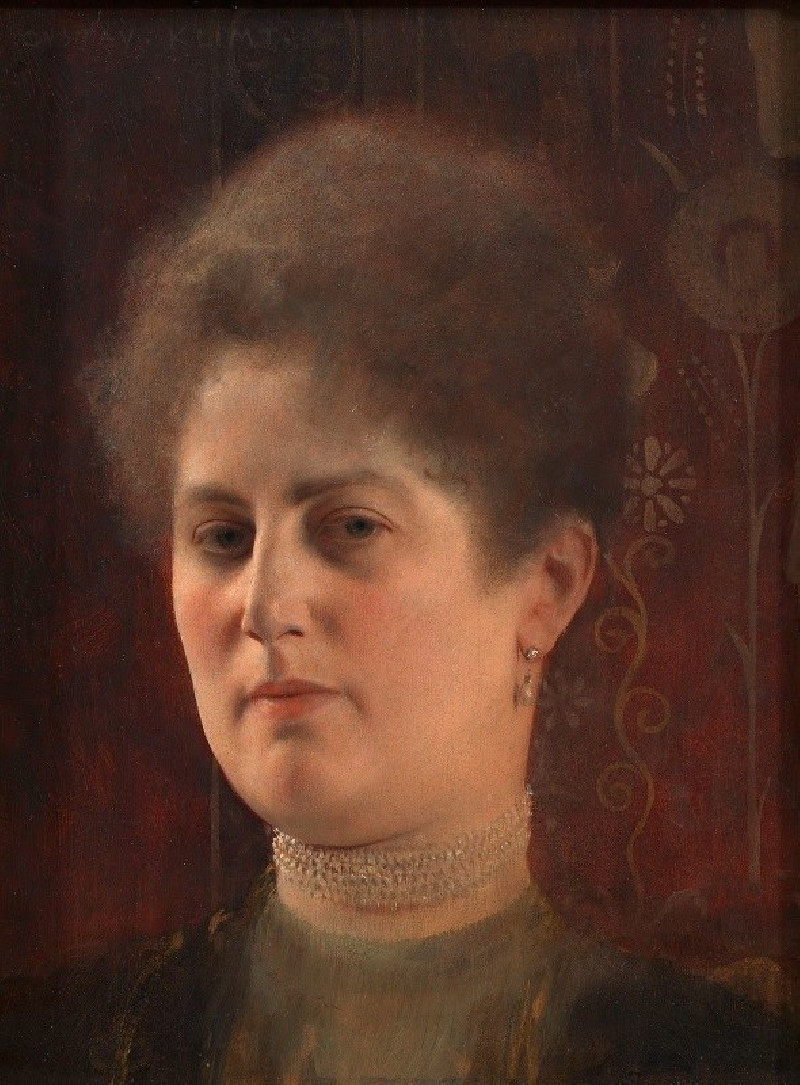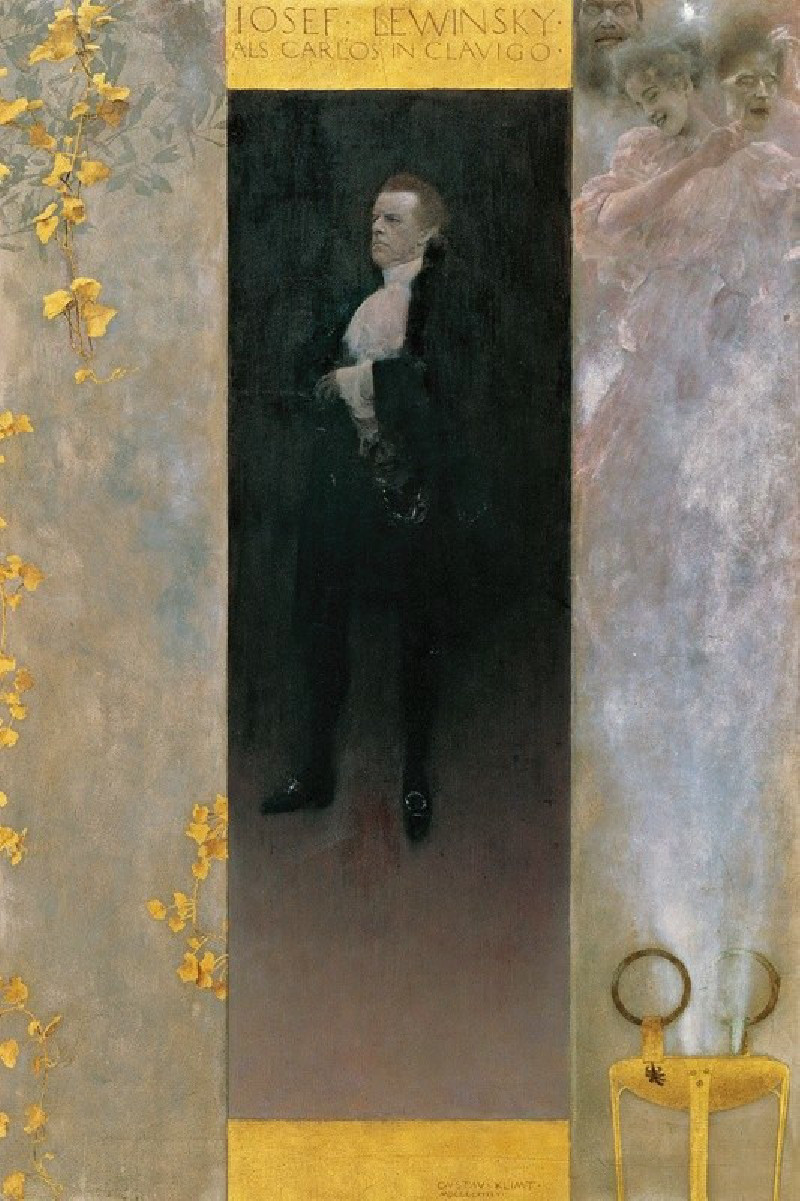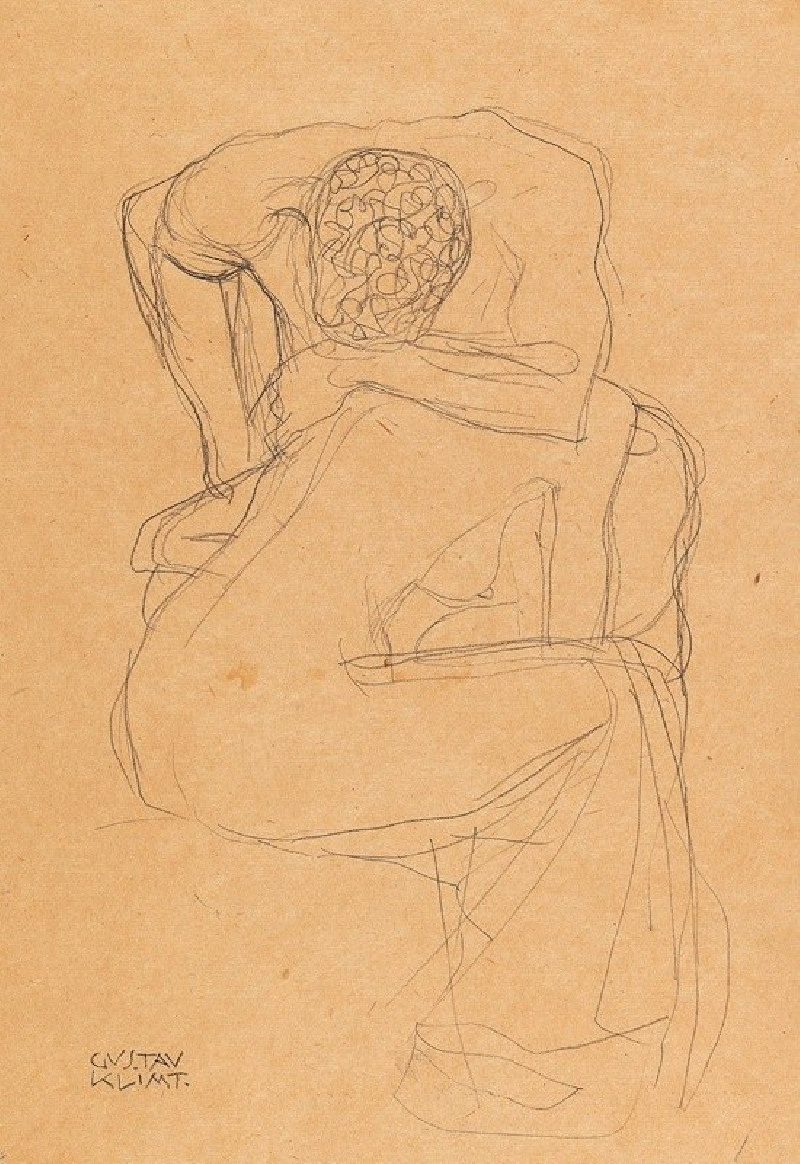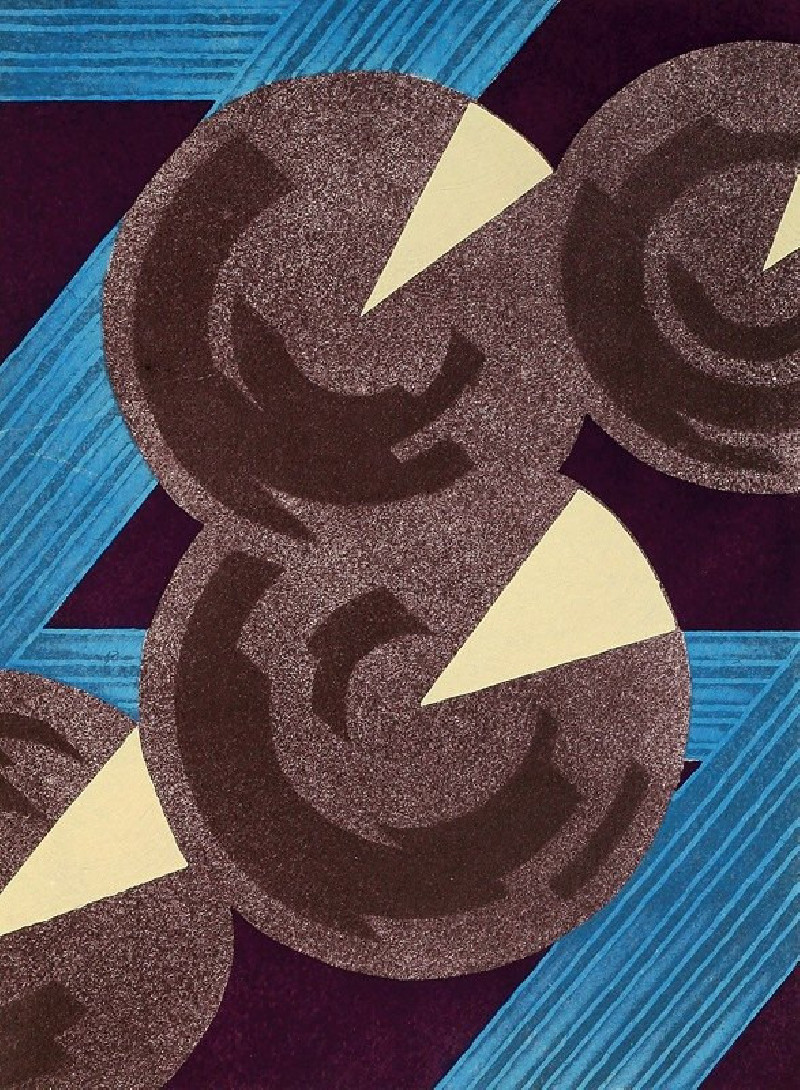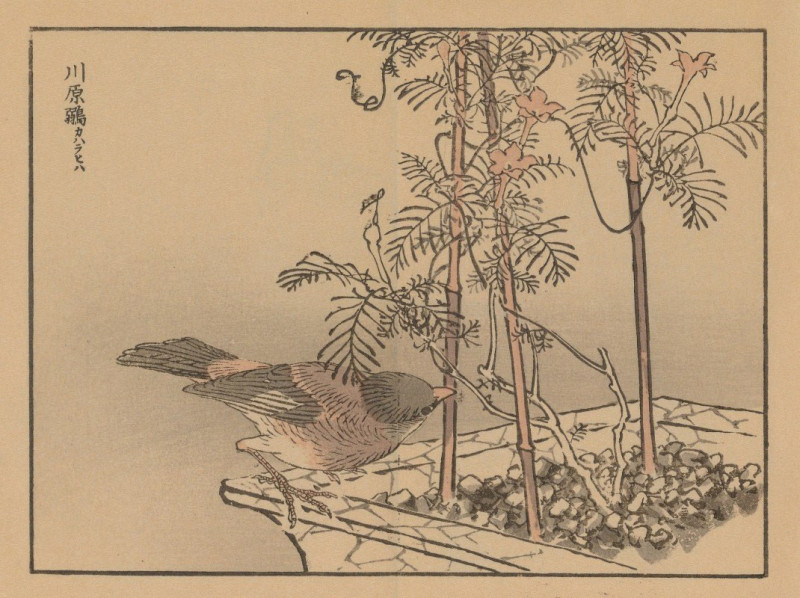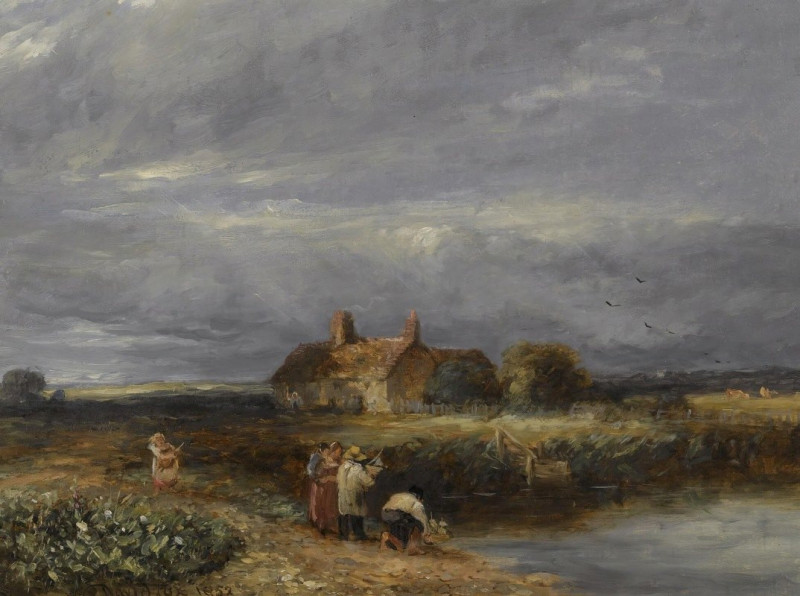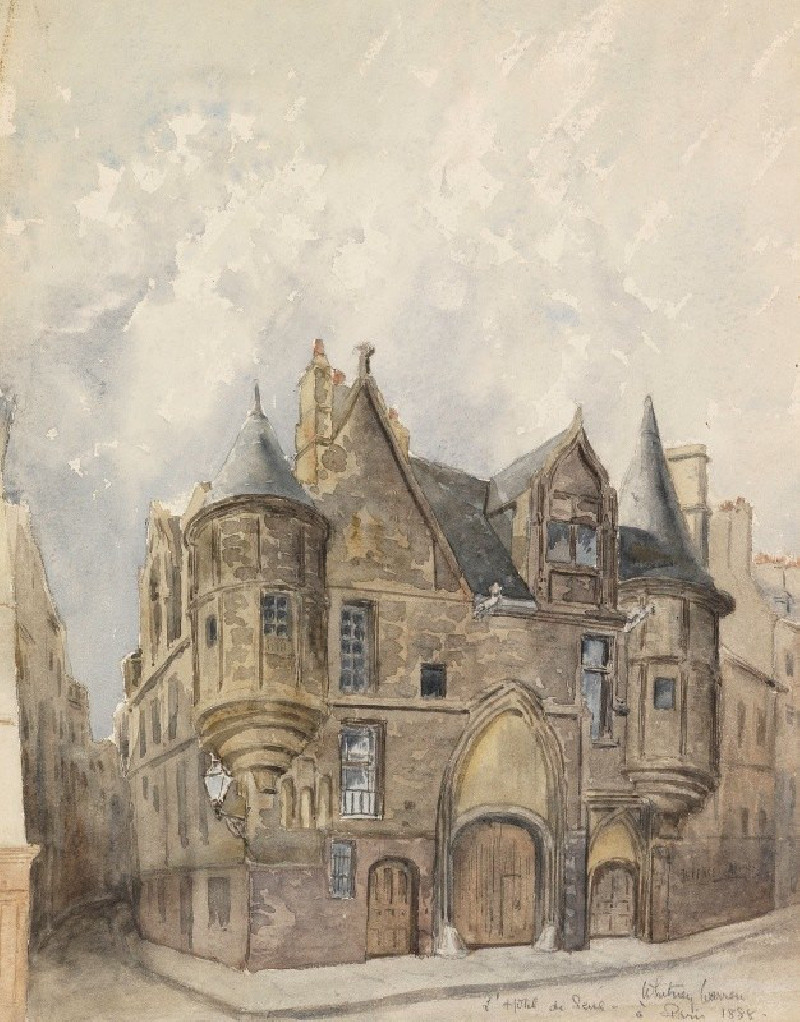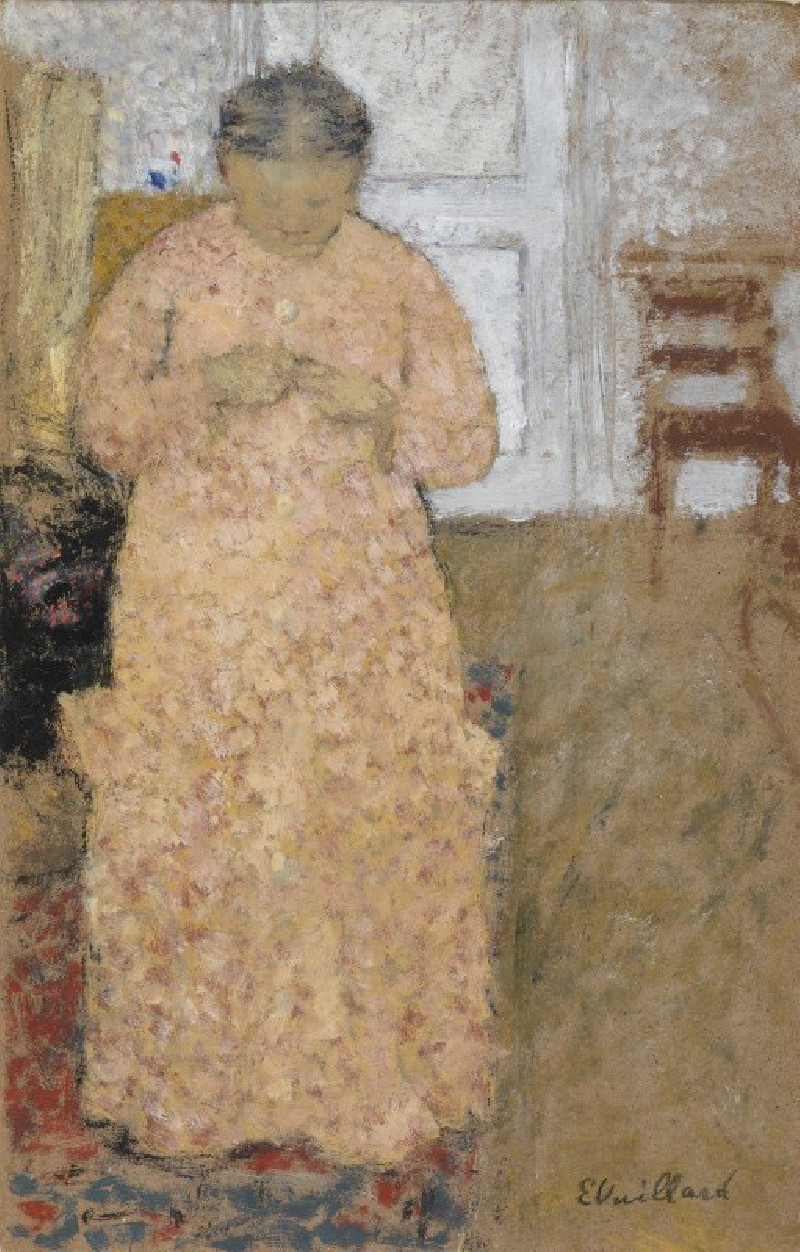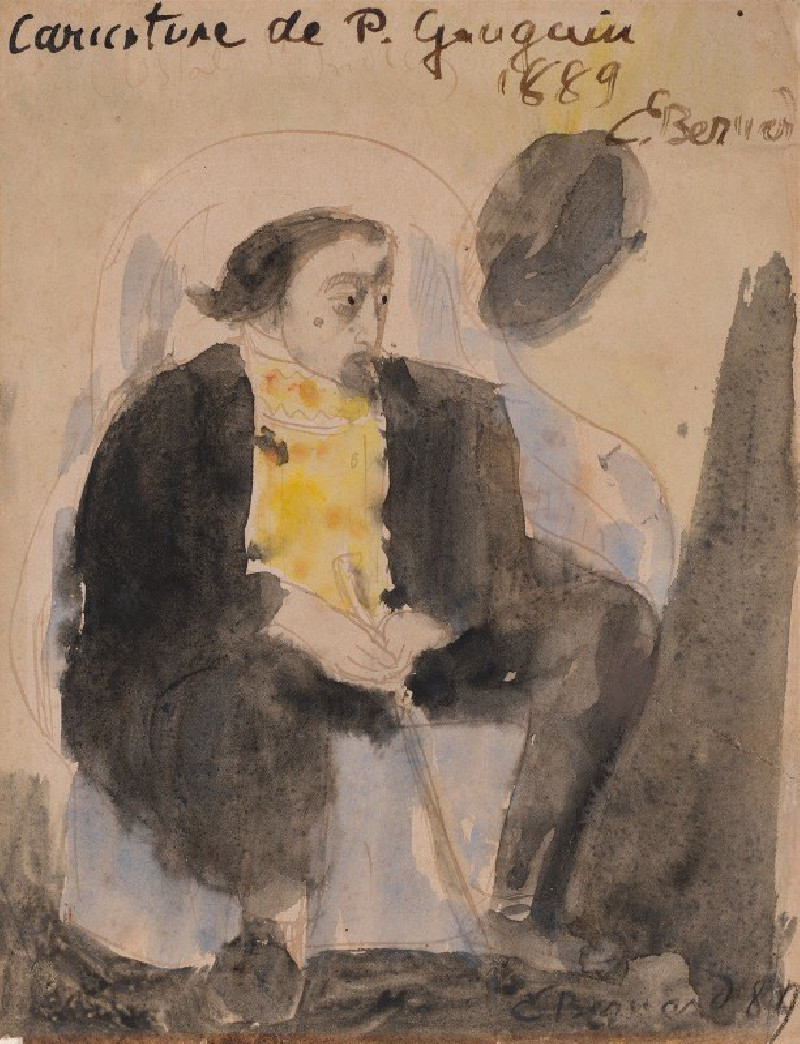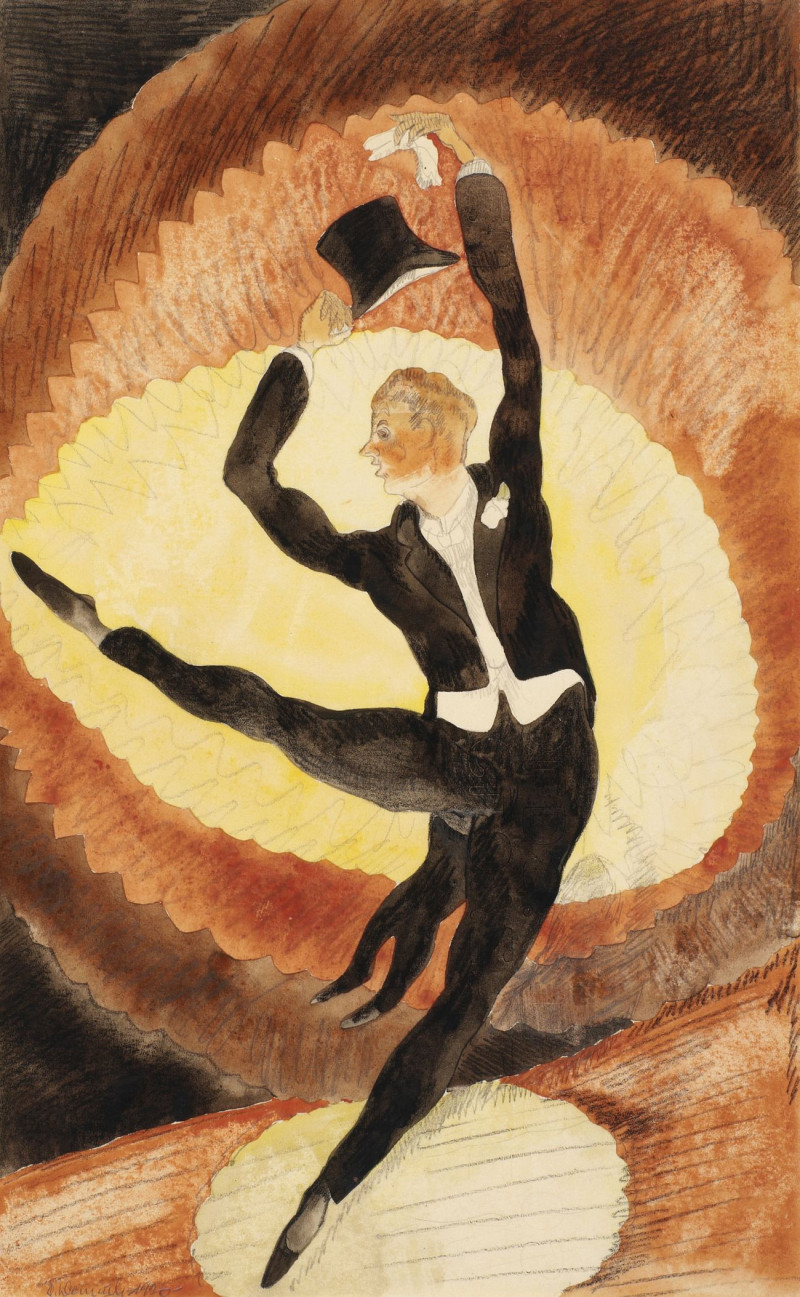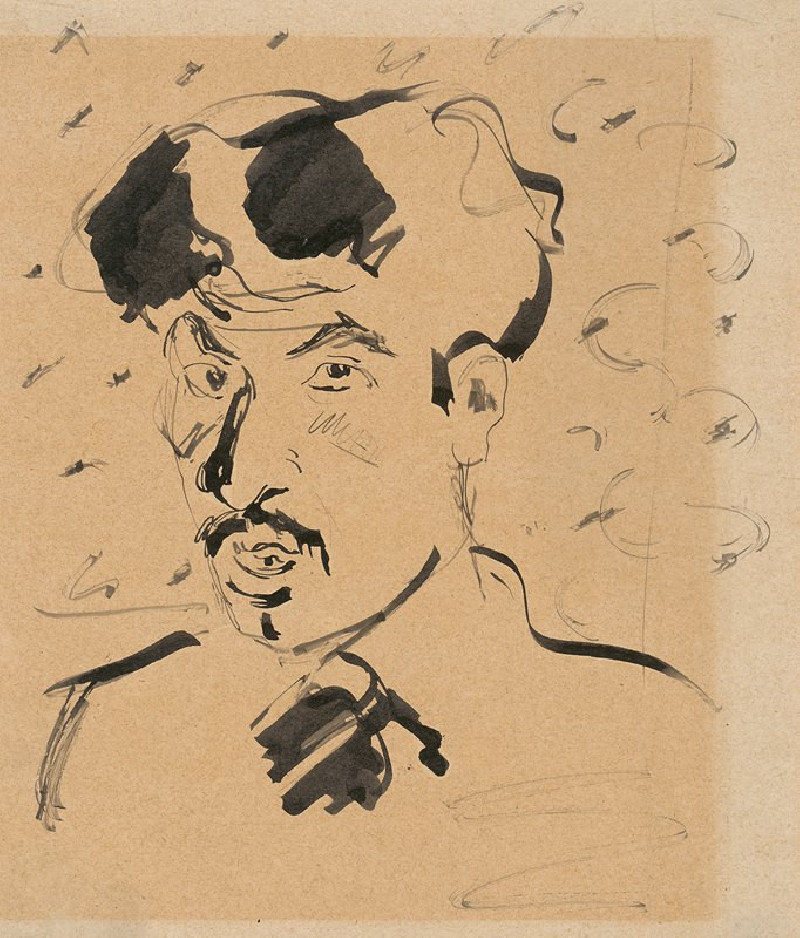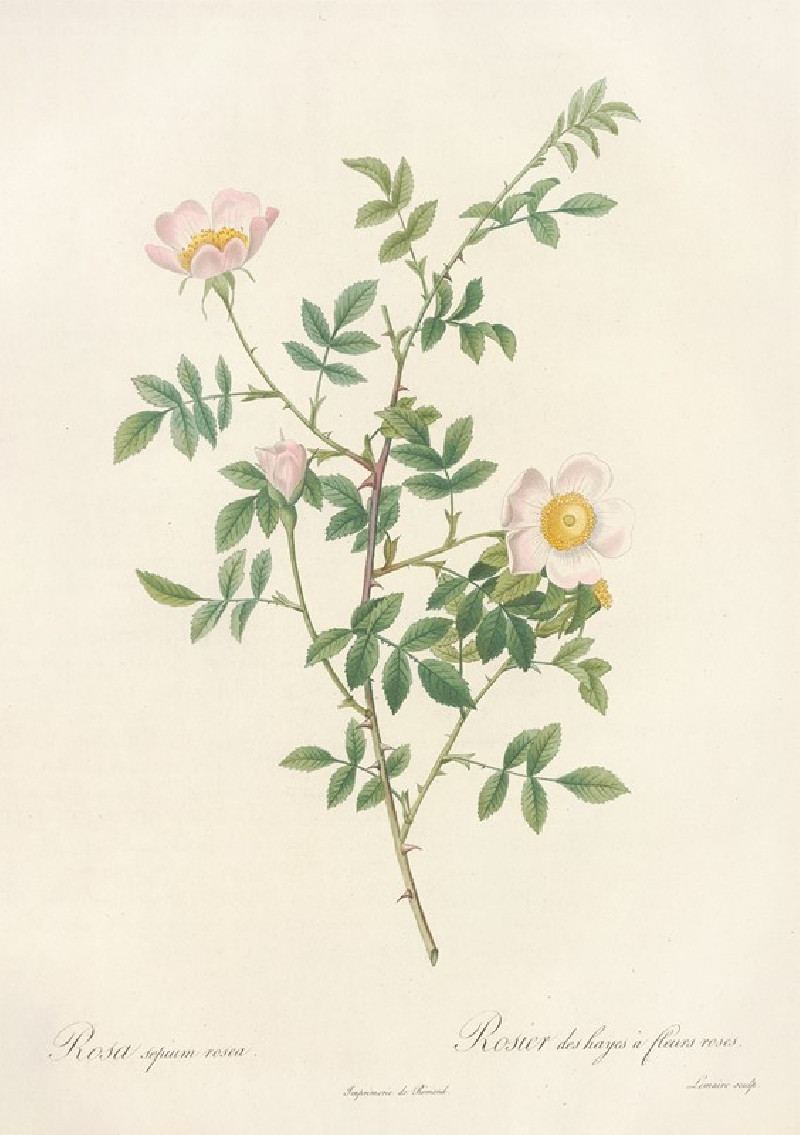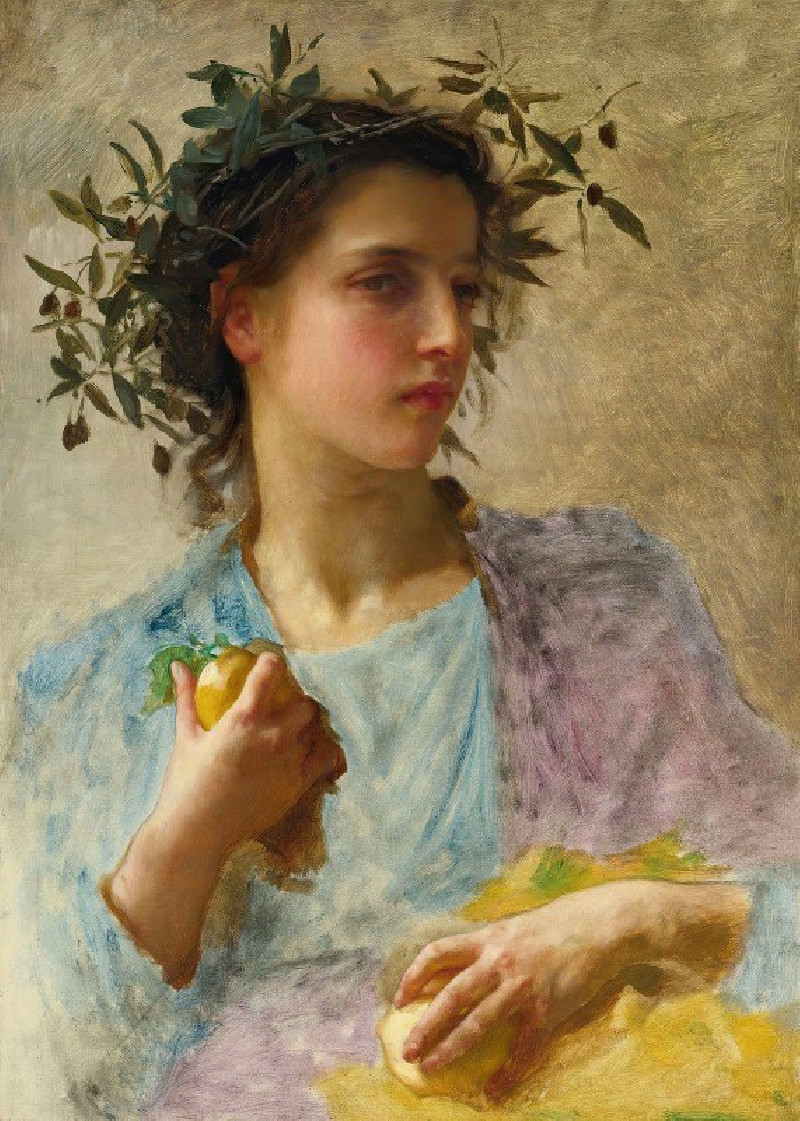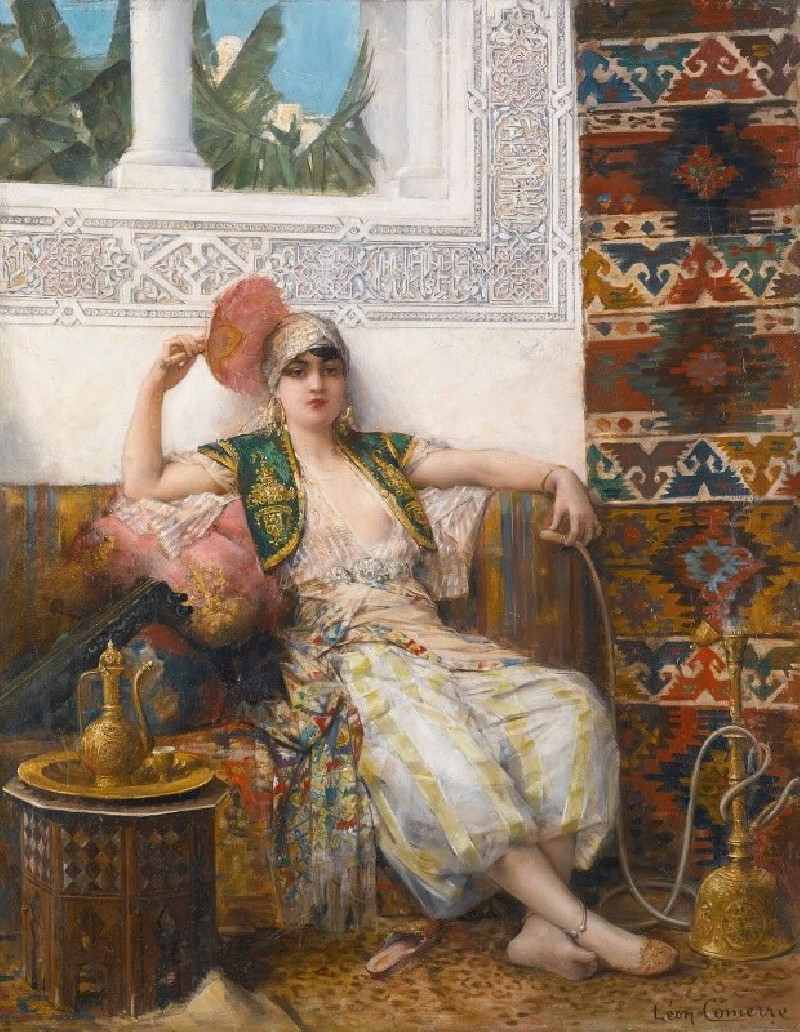Kinderbildnis (Marie Moll) (1902–1904)
Technique: Giclée quality print
Recommended by our customers
More about this artwork
Welcome to a mesmerizing glimpse into early 20th-century art with Gustav Klimt's portrait “Kinderbildnis (Marie Moll)” created between 1902 and 1904. This artwork, lesser-known compared to Klimt’s golden period paintings, beautifully captures the delicate subtlety of a child’s portrait.In this remarkable drawing, Klimt portrays Marie Moll, presenting her in profile with a captivating, introspective gaze. She is adorned in a lavish white bonnet delicately detailed, suggesting the softness associated with childhood. The bonnet, tied under her chin, frames her youthful face, highlighting her serene expression and dark, thoughtful eyes. Wisps of her dark hair peek out, contrasting with the light, airy textures of her headwear.Klimt's mastery is evident in the gentle gradation of tones and the sparing use of colors, primarily focusing on the soft whites and grays which lend a dreamlike quality to the piece. The background, minimalistic and unobtrusive, ensures that all attention remains fixed on the subject, capturing a snapshot of Edwardian childhood elegance.This drawing not only reflects Klimt's versatility beyond his renowned gilded works but also showcases his profound capability to capture human emotions and the subtleties of individual personality. As a piece, “Kinderbildnis (Marie Moll)” stands as a testament to the tender moments of childhood, preserved forever in pencil and pastel.
Delivery
Returns
Gustav Klimt (1862–1918) was one of the greatest Austrian symbolist painters of the Art Nouveau era. Renowned as one of the most prominent founding members, and as a president of the Vienna Art Nouveau movement (Vienna Secession). His works were mainly paintings, murals, and sketches. Marked by his numerous erotic drawings, Klimt's primary subject were female figures, and at one point his work was even criticized as pornographic. Klimt found financial success in his "Golden Phase" with decorative techniques and the prominent use of gold leaf in his paintings.

